Unit system SI derived unit Symbol J 1 J in ... ... is equal to ... | Unit of Energy Named after James Prescott Joule SI base units kg⋅m⋅s | |
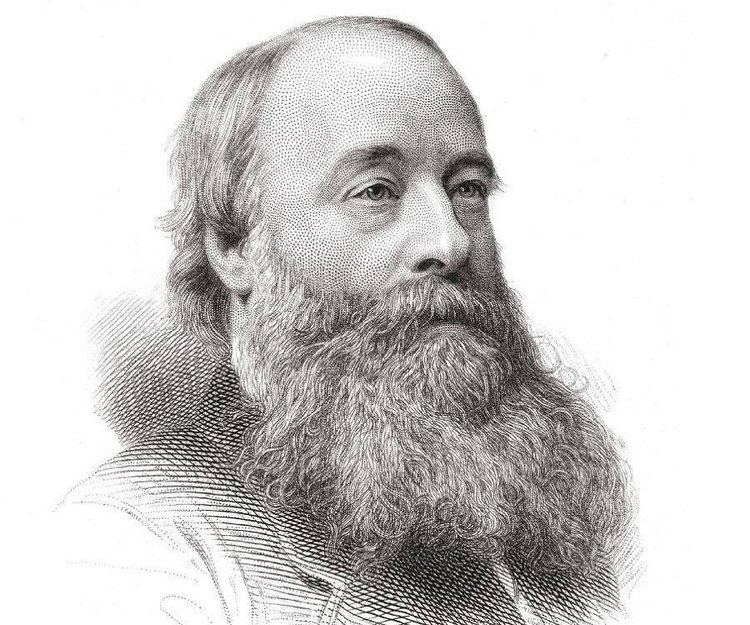 | ||
Joule
The joule (/ˈdʒuːl/), symbol J, is a derived unit of energy in the International System of Units. It is equal to the energy transferred to (or work done on) an object when a force of one newton acts on that object in the direction of its motion through a distance of one metre (1 newton metre or N·m). It is also the energy dissipated as heat when an electric current of one ampere passes through a resistance of one ohm for one second. It is named after the English physicist James Prescott Joule (1818–1889).
Contents
- Joule
- How to convert joule to watts electriclal formulas and calculations
- Usage
- Confusion with newton metre
- Practical examples
- Multiples
- Zeptojoule
- Nanojoule
- Microjoule
- Millijoule
- Kilojoule
- Megajoule
- Gigajoule
- Terajoule
- Petajoule
- Exajoule
- Zettajoule
- Yottajoule
- Conversions
- References
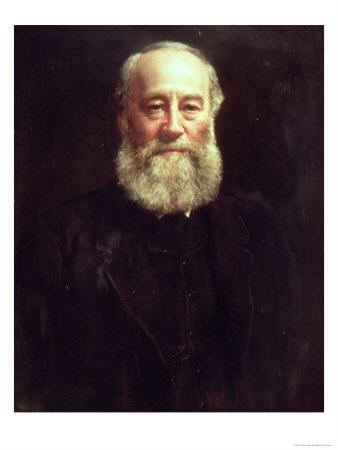
In terms firstly of base SI units and then in terms of other SI units:
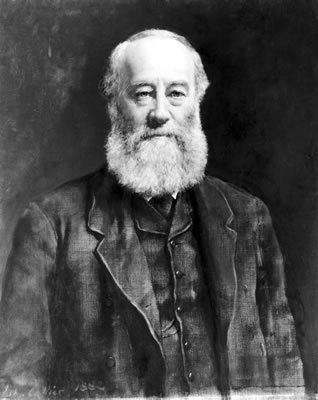
where kg is the kilogram, m is the metre, s is the second, N is the newton, Pa is the pascal, W is the watt, C is the coulomb, and V is the volt.
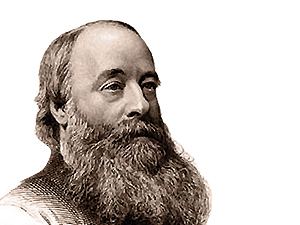
One joule can also be defined as:
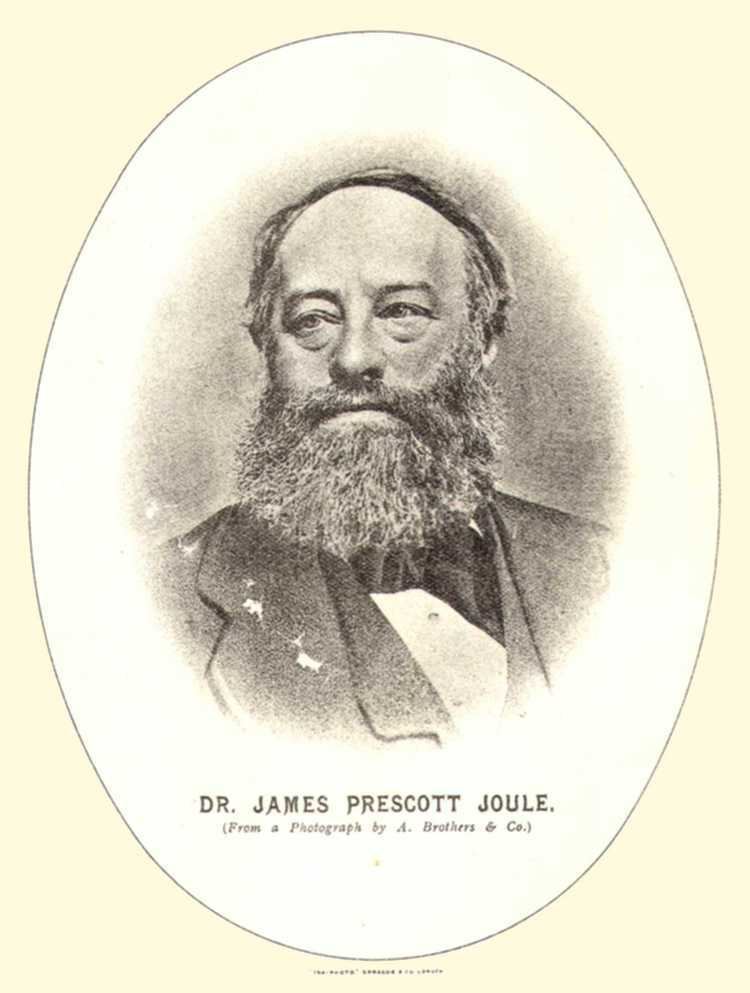
How to convert joule to watts electriclal formulas and calculations
Usage
This SI unit is named after James Prescott Joule. As with every International System of Units (SI) unit named for a person, the first letter of its symbol is upper case (J). However, when an SI unit is spelled out in English, it should always begin with a lower case letter (joule)—except in a situation where any word in that position would be capitalized, such as at the beginning of a sentence or in material using title case. Note that "degree Celsius" conforms to this rule because the "d" is lowercase.— Based on The International System of Units, section 5.2.
Confusion with newton metre
In mechanics, the concept of force (in some direction) has a close analog in the concept of torque (about some angle):
A result of this similarity is that the SI unit for torque is the newton metre, which works out algebraically to have the same dimensions as the Joule. But they are not interchangeable. The CGPM has given the unit of energy the name Joule, but has not given the unit of torque any special name, hence it is simply the newton metre (N·m) – a compound name derived from its constituent parts. The use of newton metres for torque and joules for energy is helpful to avoid misunderstandings and miscommunications.
The distinction may be seen also in the fact that energy is a scalar – the dot product of a vector force and a vector displacement. By contrast, torque is a vector – the cross product of a distance vector and a force vector. Torque and energy are related to one another by the equation
where E is energy, τ is (the vector magnitude of) torque, and θ is the angle swept (in radians). Since radians are dimensionless, it follows that torque and energy have the same dimensions.
Practical examples
One joule in everyday life represents approximately:
Since the joule is also a watt-second and the common unit for electricity sales to homes is the kW·h (kilowatt-hour), a kW·h is thus 1000 W × 3600 s = 3.6 MJ (megajoules).
Multiples
For additional examples, see: Orders of magnitude (energy)Zeptojoule
The zeptojoule (zJ) is equal to one sextillionth (10−21) of one joule. 160 zeptojoules is equivalent to one electronvolt.
Nanojoule
The nanojoule (nJ) is equal to one billionth (10−9) of one joule. One nanojoule is about 1/160 of the kinetic energy of a flying mosquito.
Microjoule
The microjoule (μJ) is equal to one millionth (10−6) of one joule. The Large Hadron Collider (LHC) produces collisions of the microjoule order (7 TeV) per particle.
Millijoule
The millijoule (mJ) is equal to one thousandth (10−3) of a joule.
Kilojoule
The kilojoule (kJ) is equal to one thousand (103) joules. Nutritional food labels in some countries express energy in kilojoules (kJ).
One square metre of the Earth receives about 1.4 kilojoules of solar radiation every second in full daylight.
Megajoule
The megajoule (MJ) is equal to one million (106) joules, or approximately the kinetic energy of a one megagram (tonne) vehicle moving at 160 km/h.
One kilowatt hour of electricity is 3.6 megajoules.
Gigajoule
The gigajoule (GJ) is equal to one billion (109) joules. 6 GJ is about the amount of potential chemical energy in 160 L (approximately one US standard barrel) of oil, when combusted. 2 GJ is about the Planck energy unit.
Terajoule
The terajoule (TJ) is equal to one trillion (1012) joules; about 0.278 GWh (often used in energy tables). About 63 TJ of energy was released by the atomic bomb that exploded over Hiroshima. The International Space Station, with a mass of approximately 450 megagrams and orbital velocity of 7.7 km/s, has a kinetic energy of roughly 13 TJ.
Petajoule
The petajoule (PJ) is equal to one quadrillion (1015) joules. 210 PJ is equivalent to about 50 megatons of TNT. This is the amount of energy released by the Tsar Bomba, the largest man-made nuclear explosion ever.
Exajoule
The exajoule (EJ) is equal to 1018 (one quintillion) joules. The 2011 Tōhoku earthquake and tsunami in Japan had 1.41 EJ of energy according to its rating of 9.0 on the moment magnitude scale. Yearly U.S. energy consumption amounts to roughly 94 EJ.
Zettajoule
The zettajoule (ZJ) is equal to one sextillion (1021) joules. The human annual global energy consumption is approximately 0.5 ZJ.
Yottajoule
The yottajoule (YJ) is equal to one septillion (1024) joules. This is approximately the amount of energy required to heat all the water on Earth by 1 °C. The thermal output of the Sun is approximately 400 YJ per second.
Conversions
1 joule is equal to:
Units defined exactly in terms of the joule include:
